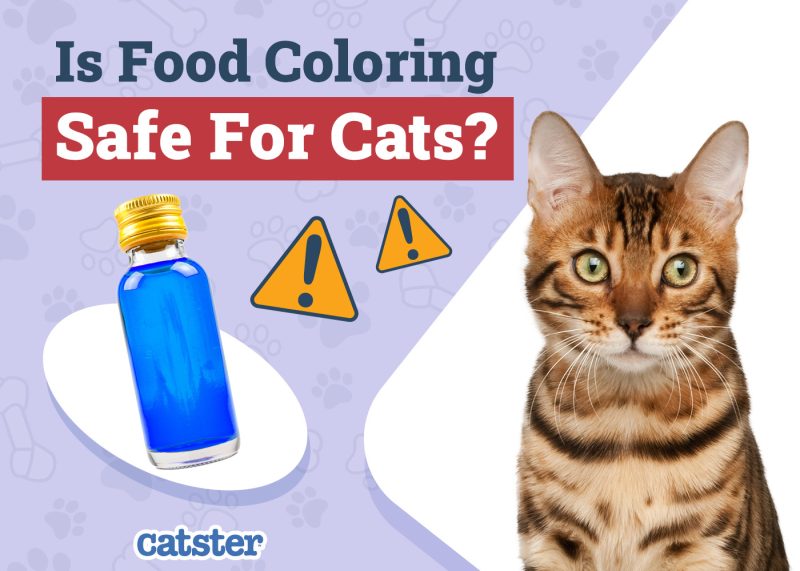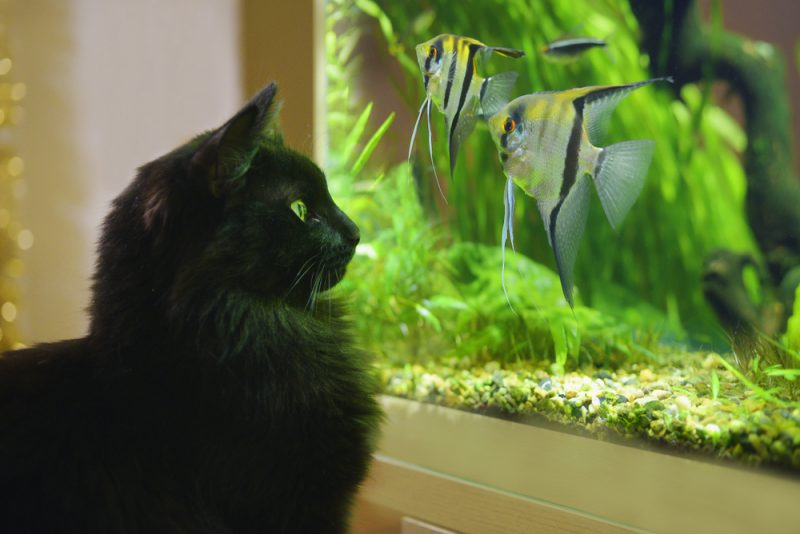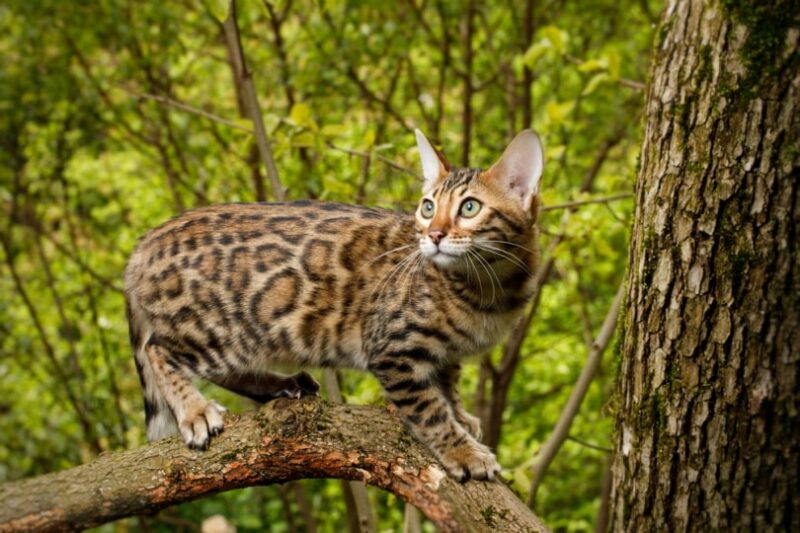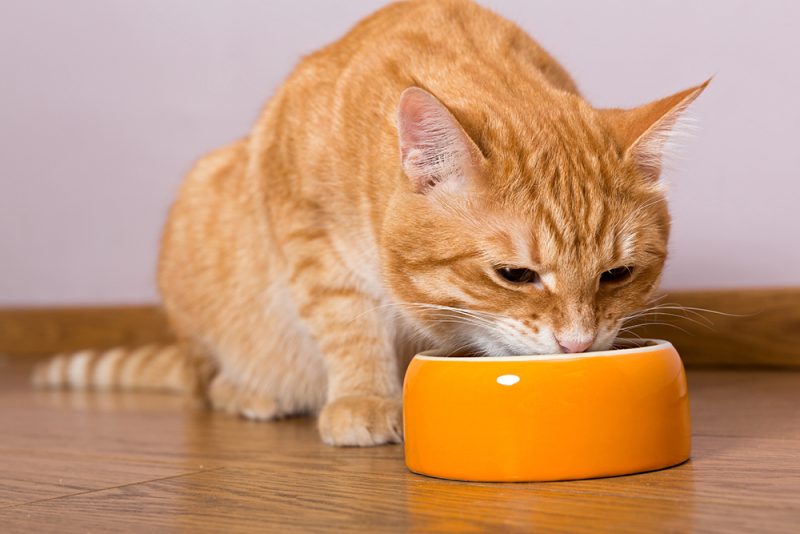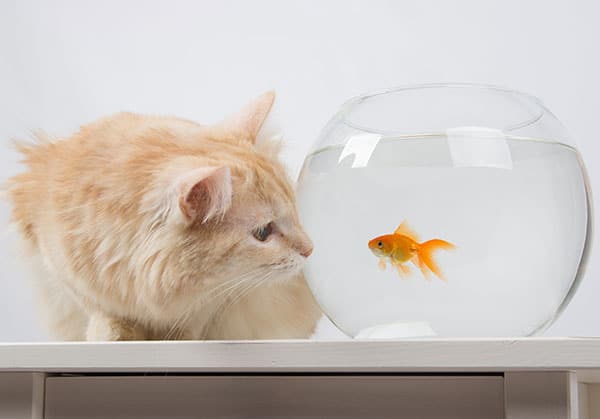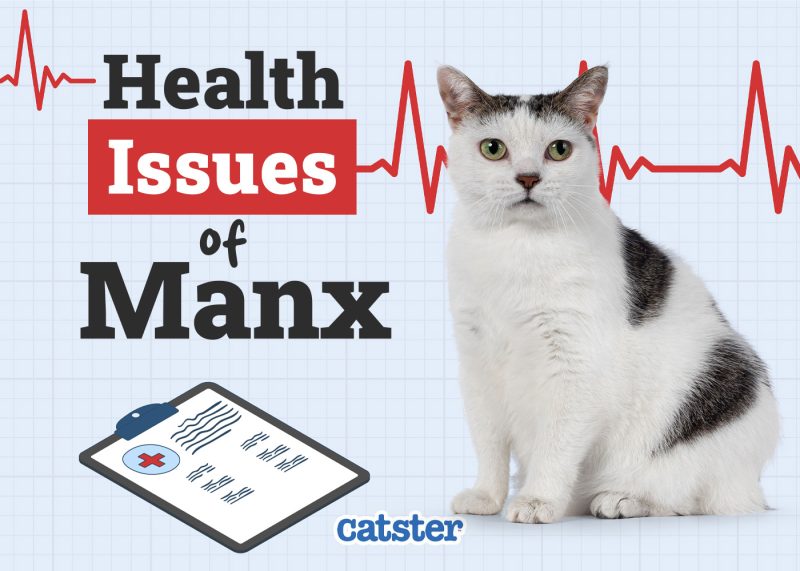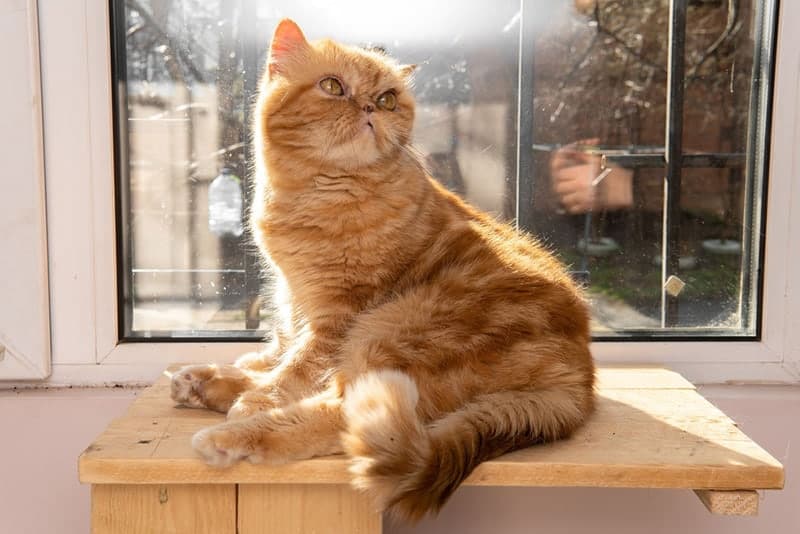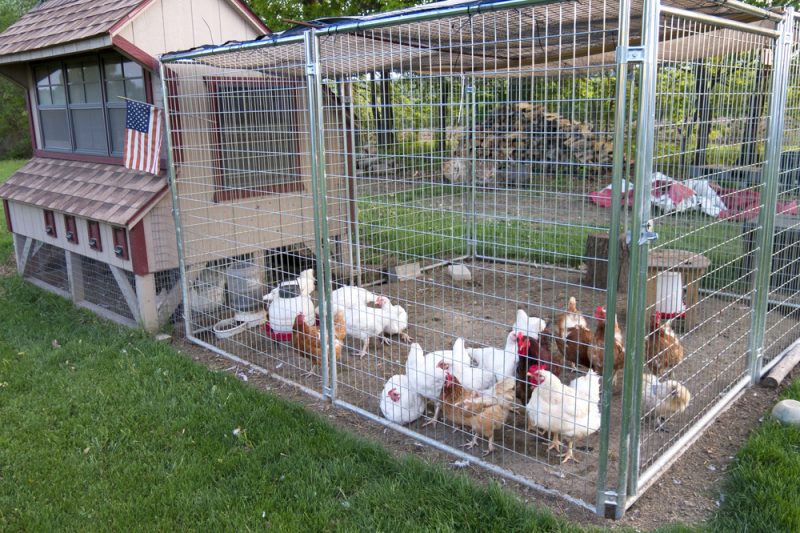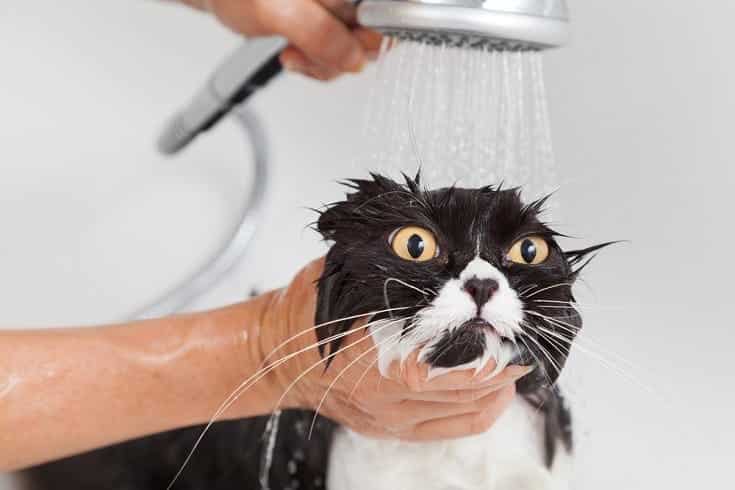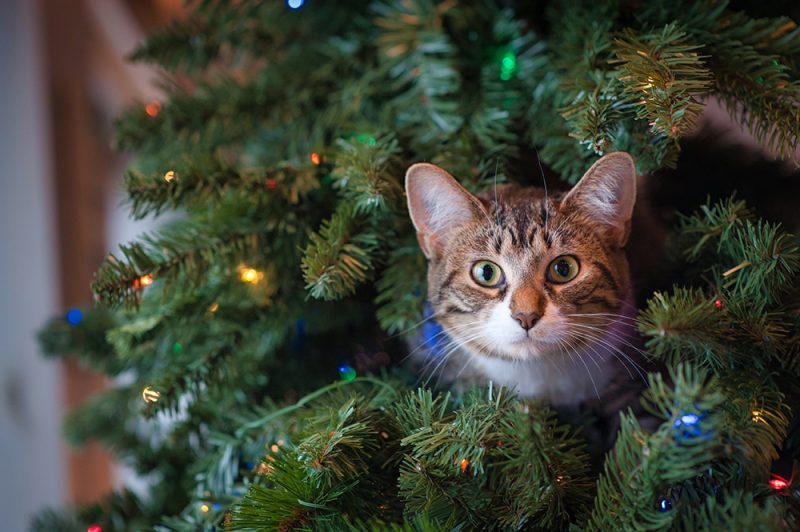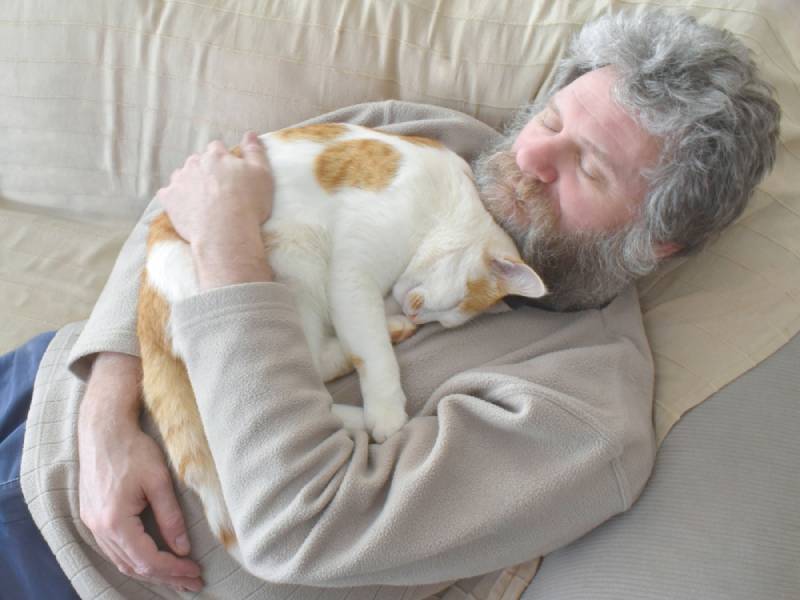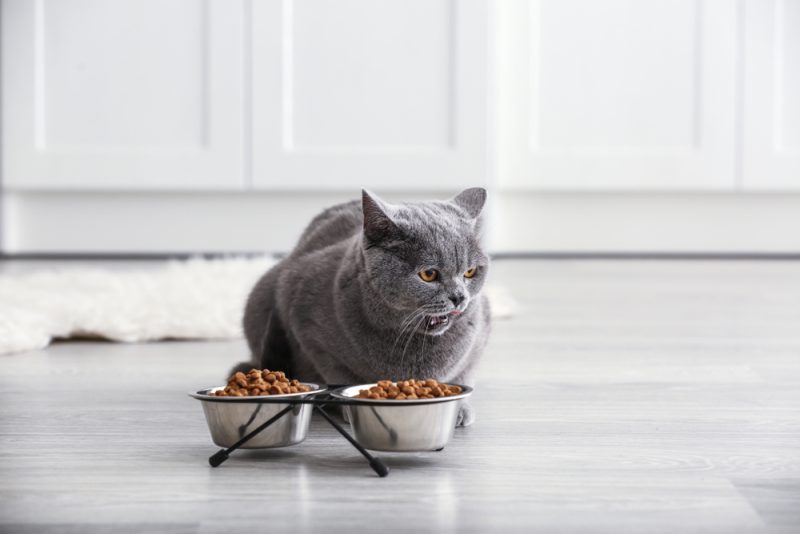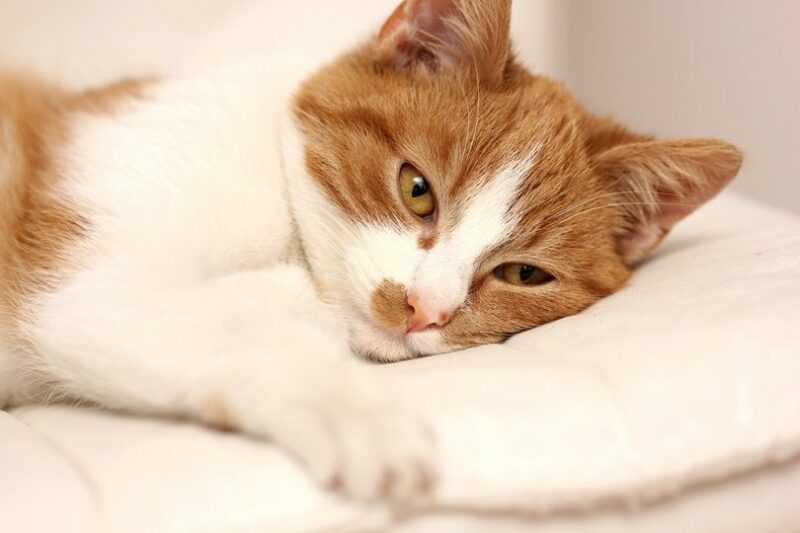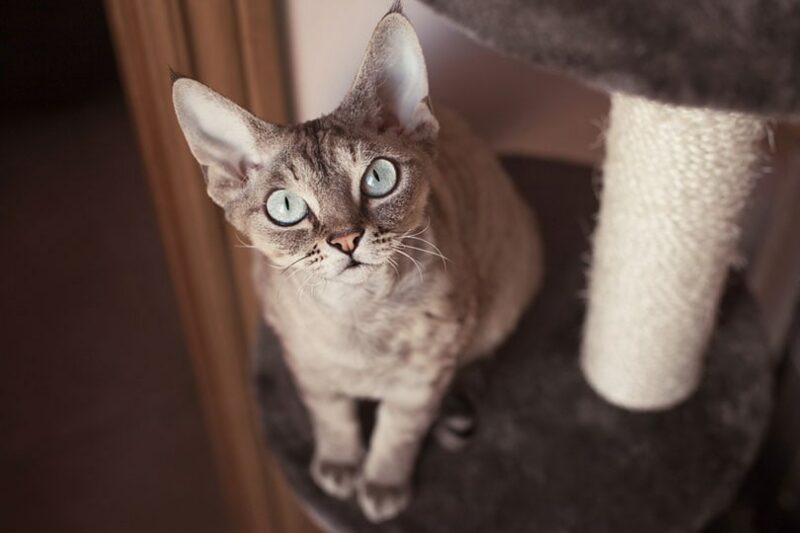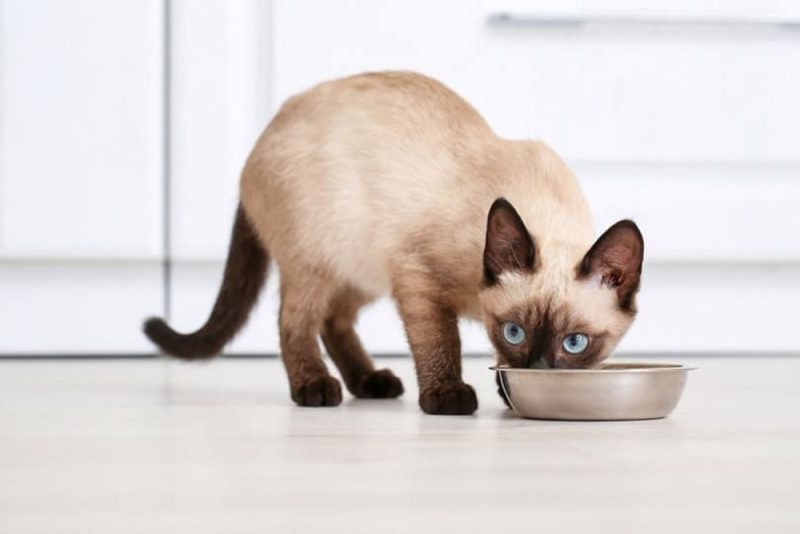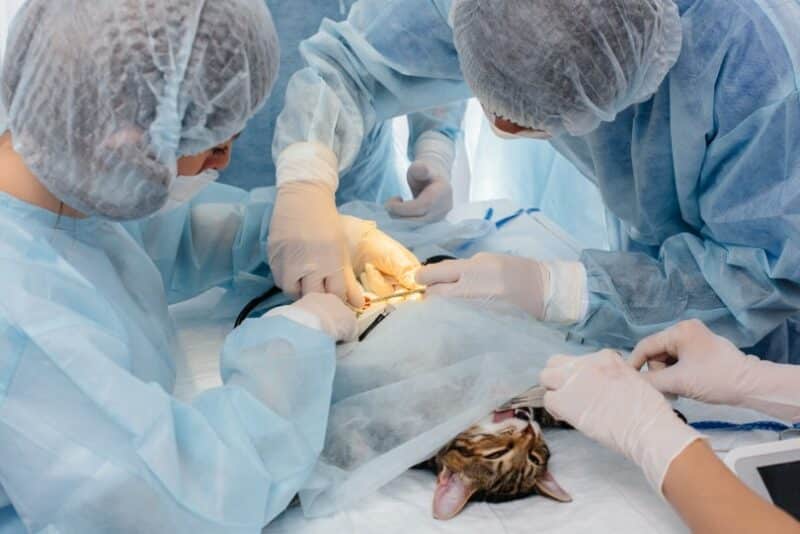In this article
In addition to taste and smell, the color of food plays a large role in making our food look tasty or a drink look refreshing. Certain colors can stimulate the appetite or turn it off, and the culinary arts consider color psychology (and possibly food coloring) for food presentation.
Unlike most humans, cats see in limited color and respond more to taste and smell. However, since food dye is not considered harmful, cat food manufacturers use it to make the food more appealing to the buyer. But is food coloring safe for cats? Technically, yes, but there are some things to consider.

What Is Food Coloring?
The Food and Drug Administration (FDA) defines food coloring as “any dye, pigment, or other substance that can impart color to a food, drug, or cosmetic or to the human body.
There are two types of color additives approved by the FDA—dyes that dissolve in water and those that are found in fats and oils and are not water-soluble. Food colorings are synthetic or are colorants from vegetables, animals, or minerals.
They are regulated by the FDA to ensure the safety and proper labeling of products that contain any of the additives.
Food dyes were first created from coal tar, used in OTC drugs, and coal tar is a known human carcinogen. Coal tar was replaced with petroleum which is a liquid extracted from rocks to produce fuel. It is commonly used in products like paint, asphalt, gasoline, and food.
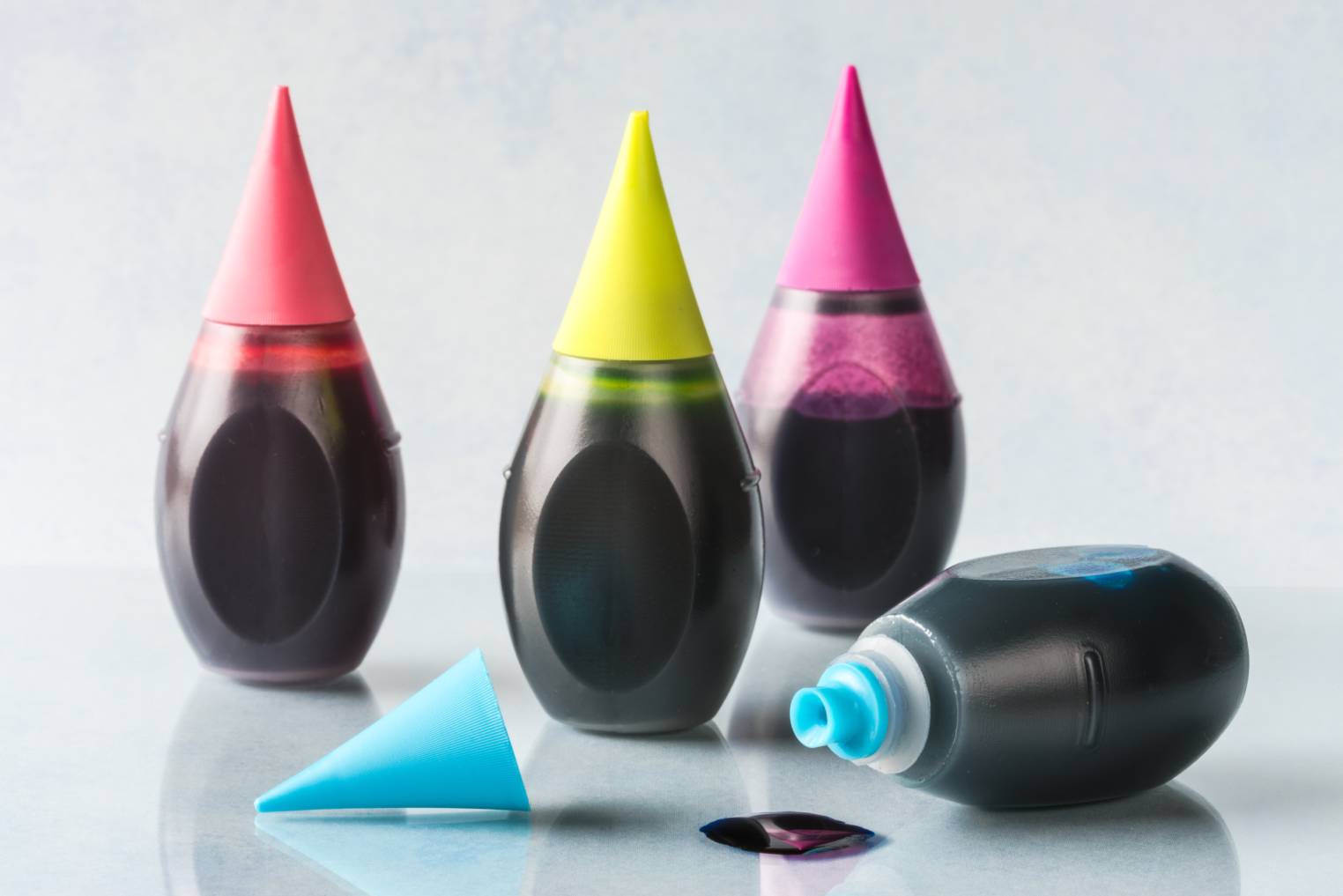
Natural Food Coloring
For hundreds of years, food manufacturers have used natural dyes for food color. Some advocates have been pushing to use natural dyes whenever possible to reduce the consumption of processed foods.
However, they are more costly than synthetic colors and can be flavor-altering. Some of the natural dyes include:
- Carotenoids are deep red, yellow, or orange. The bright orange color of sweet potatoes and pumpkin comes from beta-carotene, one of the most widely used carotenoids. It is also added to color margarine and cheese.
- Chlorophyll comes from green plants and is used to color foods like mint ice cream and lime-flavored candies.
- Anthocyanin is responsible for deep purple and blue colors and is commonly used to dye jelly and brightly colored drinks.
- Turmeric is commonly used to add a deep yellow color to mustard.
Artificial Food Coloring
Although there are many natural colors, artificial colors are the preferred choice for several reasons. Synthetic colors are cost-effective, have a longer shelf life, and can be produced in large quantities.
The FDA has approved less than 10 artificial food colors that, if used according to the directions, are safe for pets and humans. However, some of them have been banned in other countries due to health concerns.
- Blue No. 1: Color Blue, also known as Brilliant Blue, is found in soft cereals, candies, and beverages. It is banned in Belgium, France, Germany, Norway, Switzerland, Sweden, and Austria.
- Blue No. 2: Color Indigo is banned in Norway.
- Green No. 3: Color Turquoise is banned in Europe.
- Red No. 40: Color Red, also known as Allura Red, is found in soft drinks, cereal, candy, and fruit snacks. It’s prohibited from use throughout Europe.
- Yellow No. 5: Color Yellow, also known as tartrazine, is found in canned vegetables, cheese, drinks, hot dogs, salad dressings, candy, and ice cream. It is banned in Norway, Austria, and Finland.
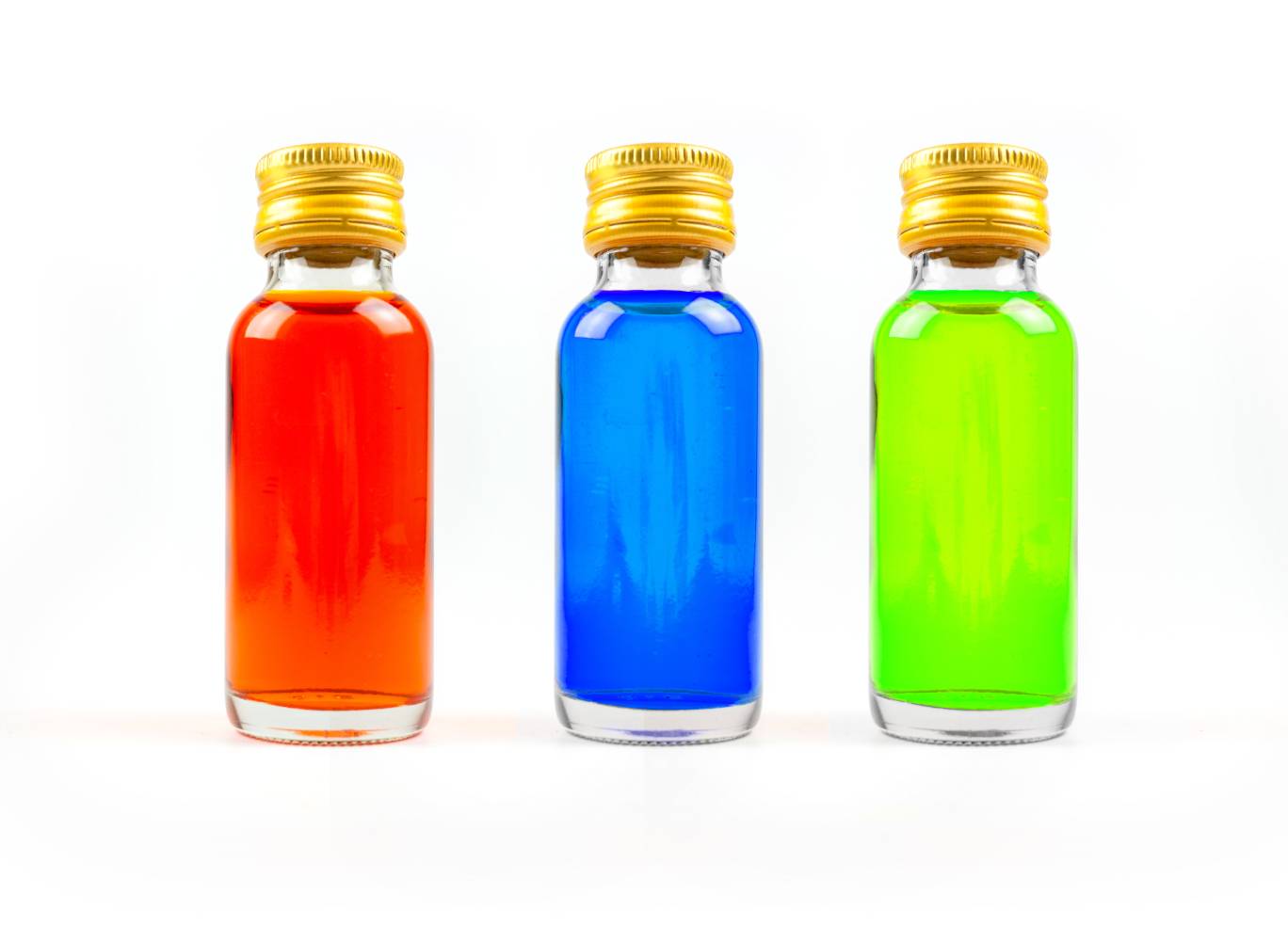
Why Is Food Coloring Used? Is It Safe?
Would you like to eat a gray hotdog? Yuck!
Food dyes are used to add, enhance, and correct color variations in food and beverages. It corrects color loss due to extreme temperatures, and exposure to light, air, and moisture.
We go to great lengths to make good decisions when it comes to our cat’s health. There are so many options in choosing what to feed your cat. The ingredients contained in the food they eat are essential to providing them with the proper nutrition for a healthy life.
Many processed foods contain food dyes to make them appear more appetizing to the pet owner but have no nutritional value for your cat. So, while food coloring is considered safe for cats, there are several things you may want to consider when choosing cat food or treats that contain food dye.
The FDA and European Food Safety Authority (EFSA) suggest that there is not enough evidence to consider food dyes unsafe. The regulatory agencies state that it is safe until proven otherwise.
However, some studies show a possible link between Red 40 and hyperactivity in children and allergies in some people. Yellow 6 has been known to contain cancer-causing carcinogens, like the ones found in cigarettes. Some of the animal testings link Yellow 6 to kidney tumors, Blue 2 to brain tumors, and Green 3 to bladder cancer.
In 2018, Petco, a national retailer of pet food, changed the ingredients standards of the foods sold in nearly 1,500 stores and online. By May 2019, the company removed all food and treats for dogs, cats, small animals, aquatic life, and reptiles that contain artificial colors, flavors, and preservatives. Previously, Petco’s sales of dog and cat food containing artificial ingredients was around $100 million per year. The company’s decision to raise the standards of the foods they sell came after reviewing The Association of American Feed Control Officials (AAFCO) and FDA guidelines and consulting with wellness experts, vets, and nutritionists.
Companies like J.M. Smucker and General Mills, also seeing a trend, spent billions for the Nutrish and Blue Buffalo Brand. Petco is encouraging other manufacturers to get on board and formulate foods to meet the new ingredient standard for our pets.
There’s a lack of research available to determine the effects of food coloring on pets such as cats. Food allergies in cats are typically caused by protein, such as chicken or beef, and not food dyes, however.

Conclusion
The jury is still out on the effects of different food dyes in pet food. While some human and animal studies show possible effects from food coloring and other countries have banned specific food dyes, the FDA considers the approved dye colors safe when used as directed. When it comes to feeding your cat, use your own judgment.
Featured Image Credit: Elizabeth A. Cummings, Shutterstock
